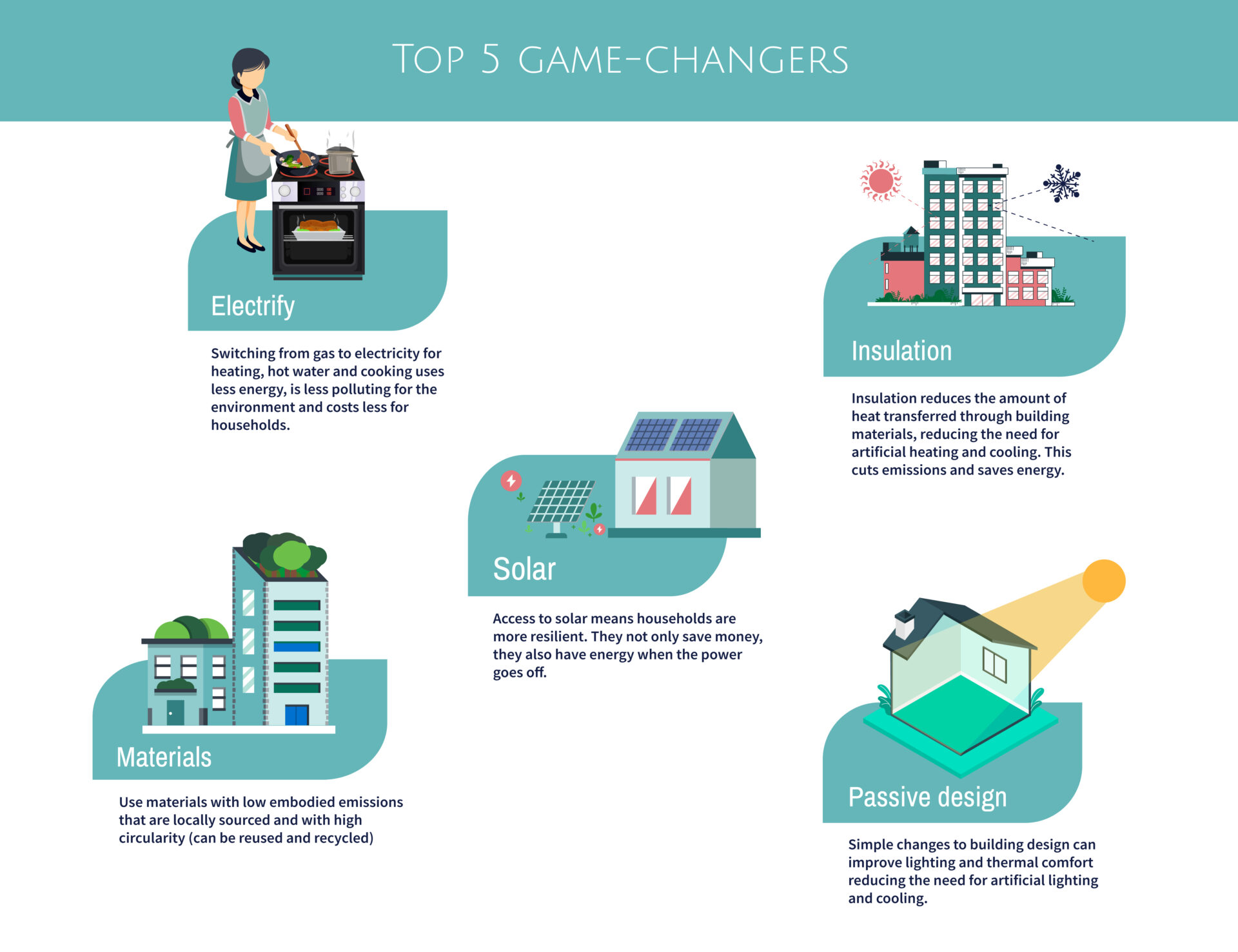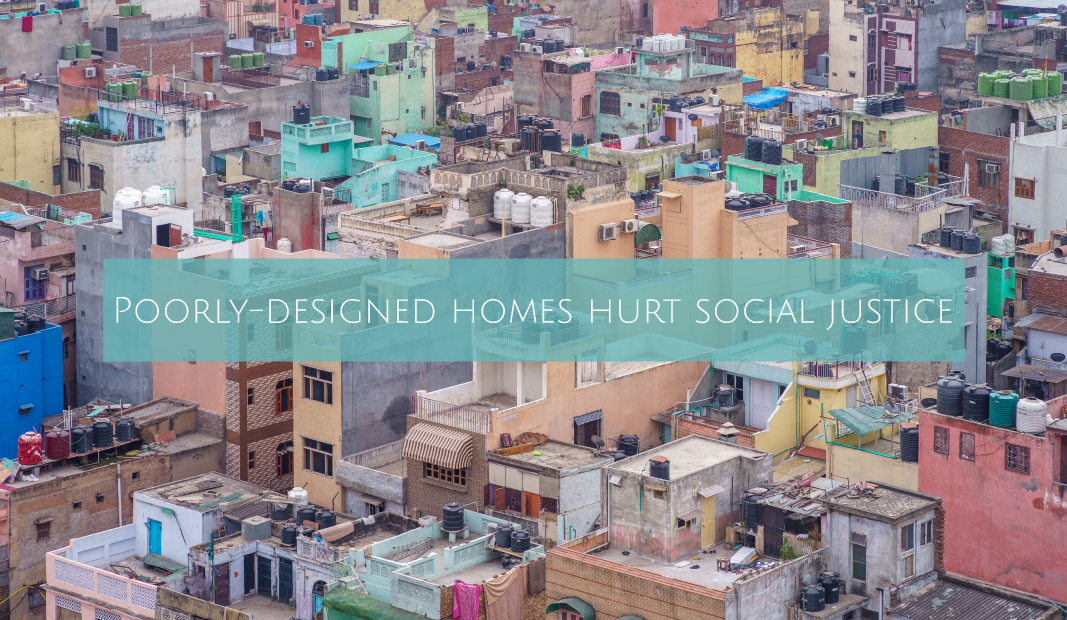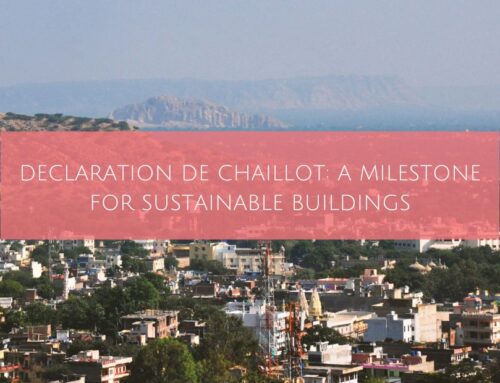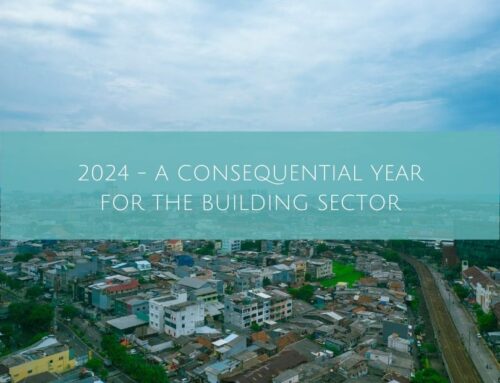By Peter Graham
Earth’s rising temperatures are turning deadly – but for some more than others
Experts predict that scorching heat will cause 38,000¹ extra deaths each year worldwide between 2030 and 2050. The worst affected are the most vulnerable; people living in low-quality affordable housing, informal settlements and those who can’t afford to pay the energy bills needed to heat and cool poorly-designed and poorly-insulated homes.
This means the people who are already at extreme disadvantage will suffer the most as the globe heats up. They will also be the least able to access the buildings that can save their lives – unless we do something about it now.
It’s a matter of social justice
Every individual has the right to live in a safe environment that does not compromise their health and well-being. This means the issue of climate resilience in housing is not merely a design challenge or even a story of environmental disaster, it’s about social justice.
GBPN research in India and Indonesia shows that unsustainably designed and constructed buildings don’t only hurt the environment, they also harm people, causing:
- Seasonal domestic violence
- Security concerns – especially for women and children, the elderly and other vulnerable groups
- Health and mental health issues
- Productivity loss.
To tackle mass urbanization, many governments have put in place housing programs for the underprivileged urban population. But the rapid pace of development can sometimes mean that important elements such as climate-appropriate and livelihood-appropriate design are overlooked. In pursuing housing justice, it is essential to prioritize energy justice and a just transition to sustainable buildings where people can lead healthy lives and work productively.
The climate crisis is already here
Earth has just sweltered through the hottest Northern hemisphere summer ever recorded² in human history. As the world strives to keep global warming to 1.5 degrees Celsius or less, in August, we were already there. And that was only our second hottest month for the year – July was even hotter. We need to take urgent action immediately, or we will sail past 1.5˚C³ to a level of warming that will wreak havoc on people and the planet.
Parts of the world are already uninhabitable due to extreme weather. Experts predict that by 2050, some of the most populous cities in Asia and the Middle East will routinely experience deadly heatwave temperatures around 48˚C (118˚F)⁴. Cities like Cairo (Egypt), Doha(Qatar), Delhi (India), Bangkok (Thailand) and Pheonix (USA) are already feeling the burn during heatwaves. But in less than 30 years’ time, almost 40% of today’s total urban population will face regular extreme heat waves. That’s over 1.6 billion people living in close to 1,000 cities worldwide.
A small window of opportunity
Our human building footprint is expanding faster than ever before. By 2050 there will be 280 billion square meter more buildings than today — primarily in Asia. Current practices in the buildings sector mean that most of these will not be built sustainably. As a result, emissions continue to grow despite the need to achieve zero emissions by 2050. This sets off a dangerous spiral. Poorly designed buildings not only require more energy to construct, they need more energy to heat, light and cool, all of which generates even more emissions over the 50-60 year life of the building.
We have a limited window to change the way we build and ensure that new buildings have a net positive environmental impact. The changes we need to make are simple, practical and often cost no more⁵ than current unsustainable building practices.

A collaborative solution
The urgency to act is underscored by the commitment of 158 nations in their Nationally Determined Contributions (NDCs) to transform the building sector. But we need to do more and we need to act fast, scaling up our efforts and keeping a sharp focus on just transition.
This means:
- Empowering local communities
- Recalibrating policy frameworks to prioritize vulnerable populations and marginalized voices, ensuring that the benefits of sustainable housing reach those who need them most
- Identifying innovative financing models that don’t only fund projects but also invest in the future well-being of the people who call these buildings home.
- Providing education to arm consumers and builders with the knowledge to make informed choices, bridging the gap between aspiration and implementation.
Governments, NGOs, and private sector players must pool their resources and expertise and work together. A just transition to sustainable housing is a moral imperative that is within our reach. It is practical, highly feasible and will deliver enormous benefits to the environment as well as the people who call it home.
__________
- WHO
- World Meteorological Organization
- Compared with pre-industrial levels
- C40, The Future We Dont Want, Heat Extremes
- GBPN research, 2021
Share This Story, Choose Your Platform!
Stay in touch with how we’re transforming the buildings sector
GBPN runs innovative building policy reform programs in key regions around the world that aim to tackle the climate emergency by decarbonising the buildings sector. Stay up to date with our newsletter.
Stay in touch with how we’re transforming the buildings sector
GBPN runs innovative building policy reform programs in key regions around the world that aim to tackle the climate emergency by decarbonising the buildings sector. Stay up to date with our newsletter.








